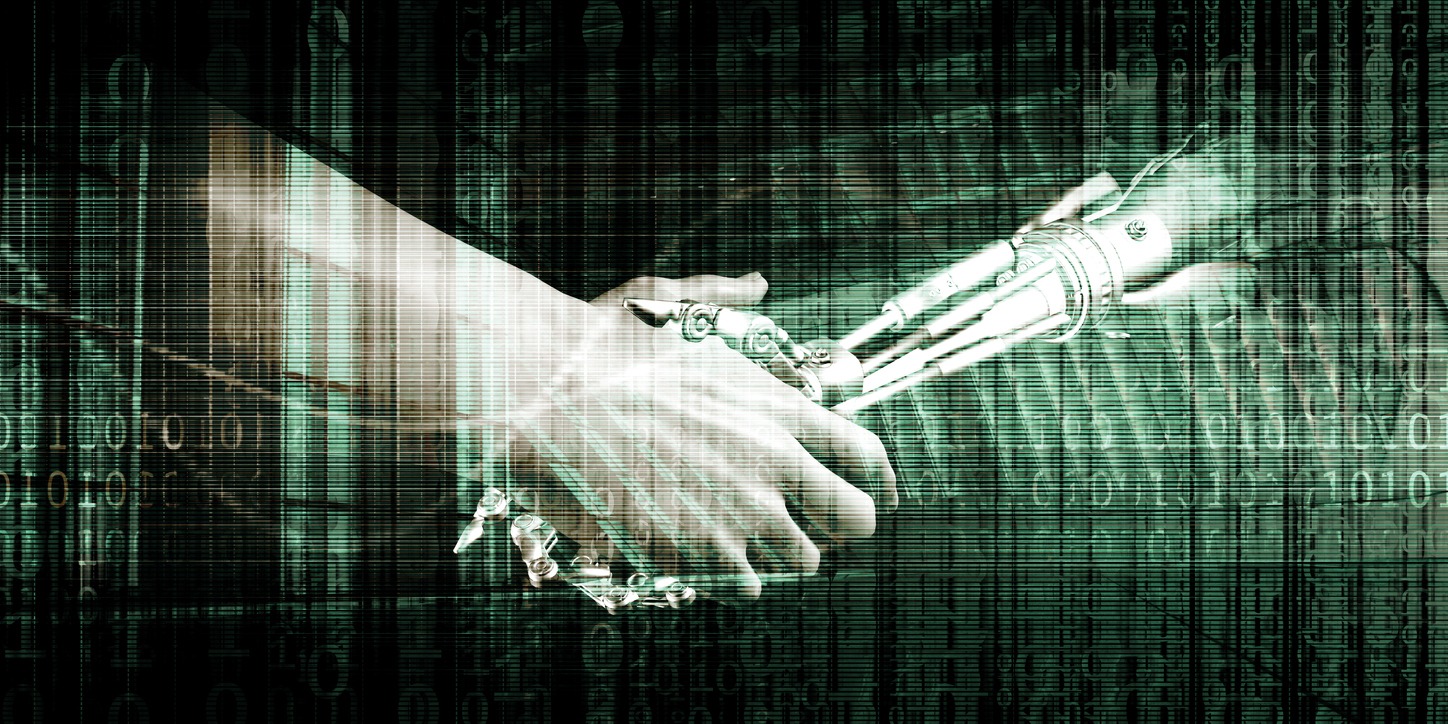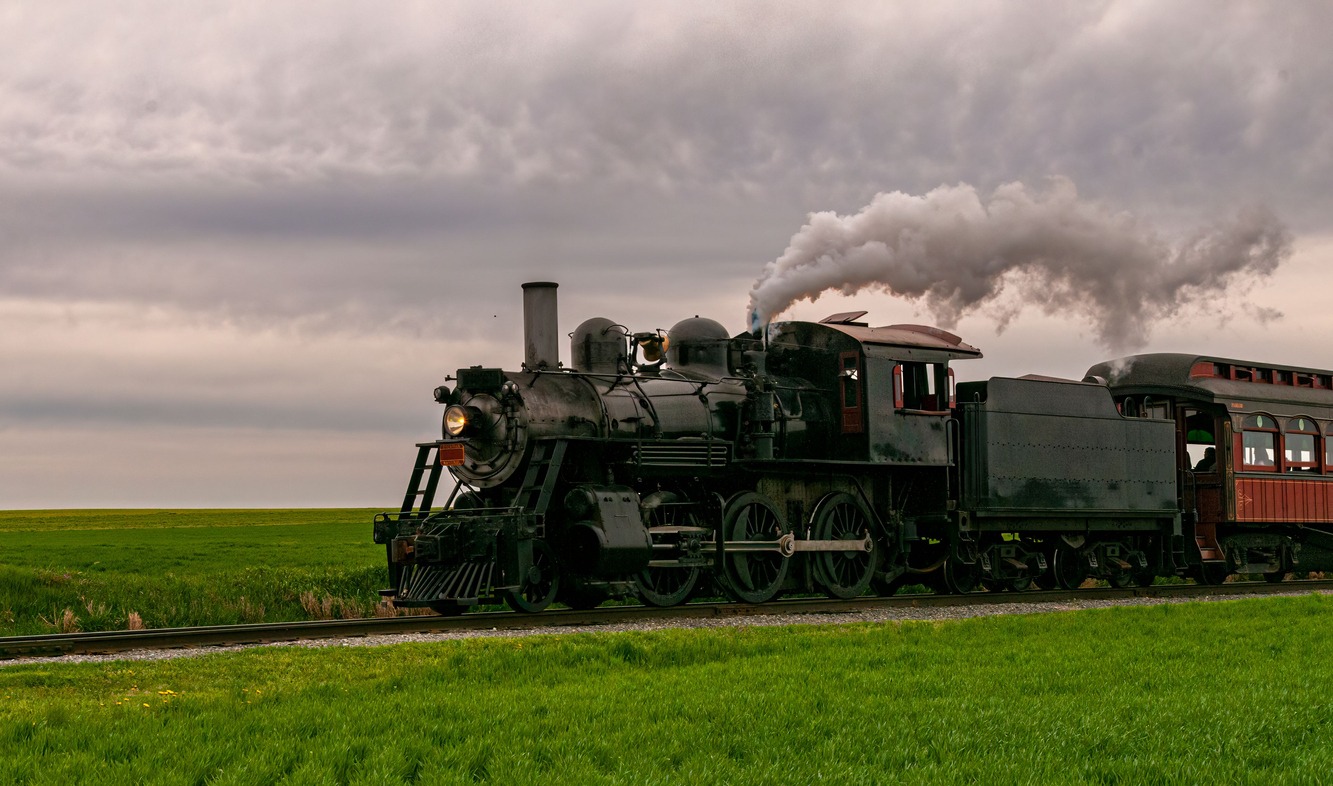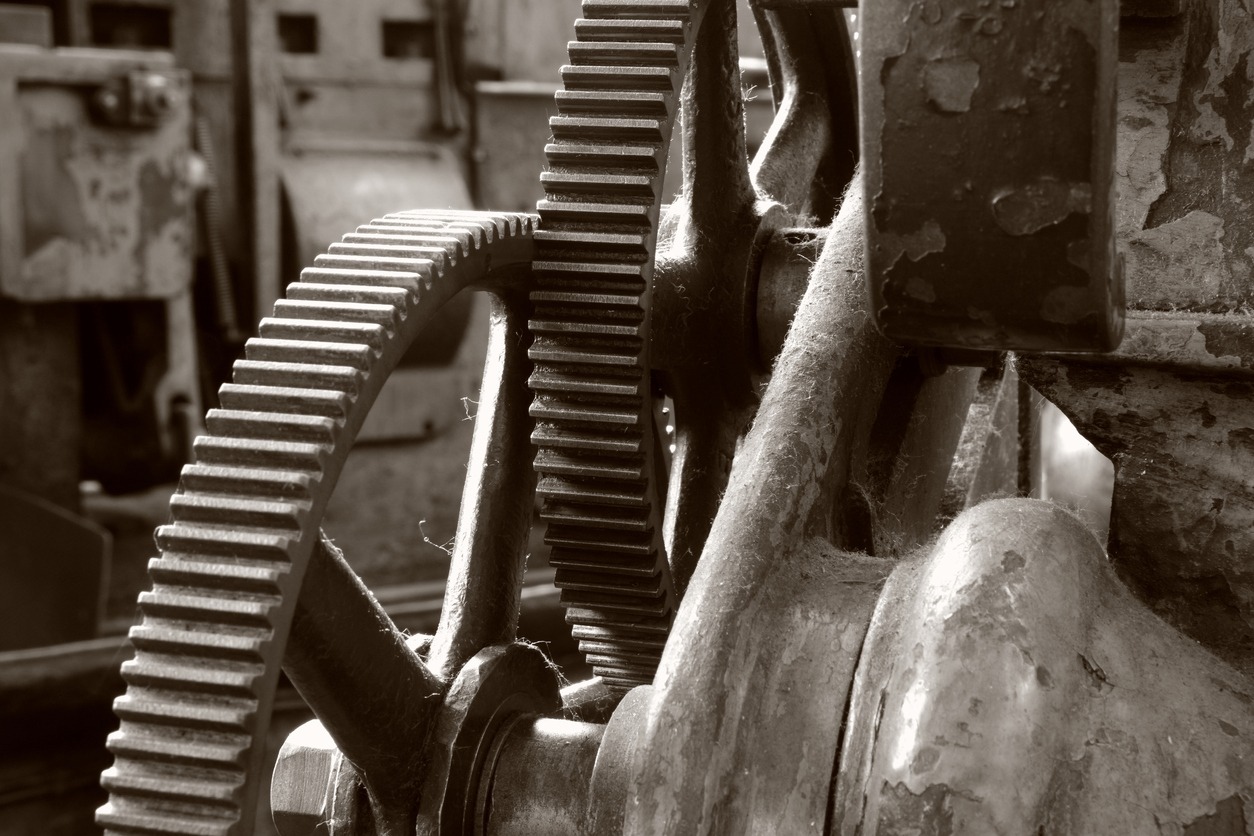The Industrial Revolution, which started in Great Britain in the mid-18th to early 19th century and then went global, was all about big advancements in machinery and creativity. The Brits initiated this by using coal and iron. Meanwhile, over in the USA, the Second Industrial Revolution, kicking off in the 1870s and lasting until World War II, focused on automating farming and manufacturing, plus introducing cool new ways to get around, like steamships, cars, and airplanes.
The Industrial Revolution brought about a change from agricultural-based economies to manufacturing-driven ones. Instead of relying solely on manual labor, machines started doing the heavy lifting, resulting in higher production rates, improved efficiency, lower costs, a wider variety of products, better pay, and a shift of people from the countryside to bustling cities.
How It Happened
Around the early 1800s, Richard Trevithick unveiled a steam-powered train, and by 1830, similar locomotives were moving cargo (and people) between Manchester and Liverpool, two industrial hotspots. Meanwhile, steamboats and ships were already well-established, ferrying goods along British waterways and even across the Atlantic.
Although people in Britain had been gradually migrating from the countryside to cities before the Industrial Revolution, this urbanization process went into overdrive during the industrialization phase. Large factories popped up, transforming small towns into bustling cities in just a few decades.
The Industrial Revolution had several key elements, including technological, socioeconomic, and cultural changes. Technological shifts encompassed the adoption of new materials like iron and steel giving birth to advancing the age of metallurgy, the use of various energy sources such as coal, steam engines, electricity, petroleum, and internal-combustion engines, the invention of labor-saving machines like the spinning jenny and power loom, the establishment of the factory system with increased specialization, advancements in transportation and communication (like steam locomotives, steamships, automobiles, airplanes, telegraphs, and radios), and a growing application of scientific knowledge to industry. These technological shifts enabled the extensive utilization of natural resources and mass production.
Beyond industry, other notable developments included agricultural improvements that fed a larger non-agricultural population, economic changes with wealth distribution, a shift away from land as the primary source of wealth, and increased international trade. Those who were left to tend the lands began to utilize more efficient tools and equipment in stead of hard manual labor.
Political changes reflected the economic power shift, leading to new state policies to accommodate industrialized societies. Social changes saw urban growth, the rise of working-class movements, and evolving authority patterns.
Furthermore, there were significant cultural transformations, as workers acquired new skills, moving from craftsmen to machine operators subject to factory discipline.
Finally, there was a psychological shift marked by increased confidence in resource utilization and mastery of nature.
What Changed?
This era totally shifted the way folks lived and how businesses were run. You could even say that the factory systems developed during the Industrial Revolution played a big role in shaping capitalism and the cities we have today, as weel as the lifestyle shift that came along with it.
Before this time, most families earned their keep by farming and lived mainly in smaller rural villages. But when factories emerged in the 18th century, people started working for companies in cities for the very first time. The pay at first wasn’t very good, and conditions were tough, but it was still considered better than making a living off the land.
The Industrial Revolution saw a boost in production efficiency thanks to innovations like the steam engine. This invention drastically sped up the manufacturing process, leading to lower product prices, mainly because labor costs dropped. This, in turn, made products more accessible to a wider range of customers.
The Industrial Revolution generated more job openings. With the spread of factories, there was a need for more managers and workers to run them, which increased the number of available jobs and eventually, overall wages.
Because factories and big companies were mainly situated near cities, people flocked to urban areas in search of work. This often strained the housing resources, pushing for better city planning. The boost in innovation also brought about better education as more children were close enough to attend urban schools, resulting in several game-changing inventions still in use today, like the sewing machine, using X-ray, lightbulbs, calculators, and even anesthesia.
While industrialization boosted the economy and raised living standards for the middle and upper classes, it remained a tough ride for the poor and working-class folks. The automation of jobs through technological advancements made factory work more monotonous and, at times, risky. Hiring skilled workers was no longer a mian concern as factories only needed most of their workers to be strong and attentive enough to execute repetitive tasks in the production lines.
The simplicity of most tasks allowed for unskilled workers, even children in some cases, to toil for extended hours, alongside a machine that would do most of the work. And for this, most of the lower working class earned meager wages, just enough to make it through a few days of city living.
Conclusion
Historians continue to discuss various aspects of industrialization, such as its specific timeline, why it started in Britain instead of elsewhere, and the idea that it may have been more of a gradual evolution than a sudden revolution. The pros and cons of the Industrial Revolution are intricate and often depends on the narrator.
On one hand, there were widespread unsafe working conditions and long-term environmental issues like coal and gas pollution that accumulated and still affect us today. On the other hand, the migration to cities and clever inventions that made clothing, communication, and transportation more affordable and accessible to the masses reshaped world history as we know it.
Despite these debates, the Industrial Revolution undeniably had a profound impact on the economy – not just of Britain and the United States, but of the rest of us where these innovations eventually trickled down to. Commerce, society, and culture evolved with it and it played a pivotal role in setting the stage for the modern world.





